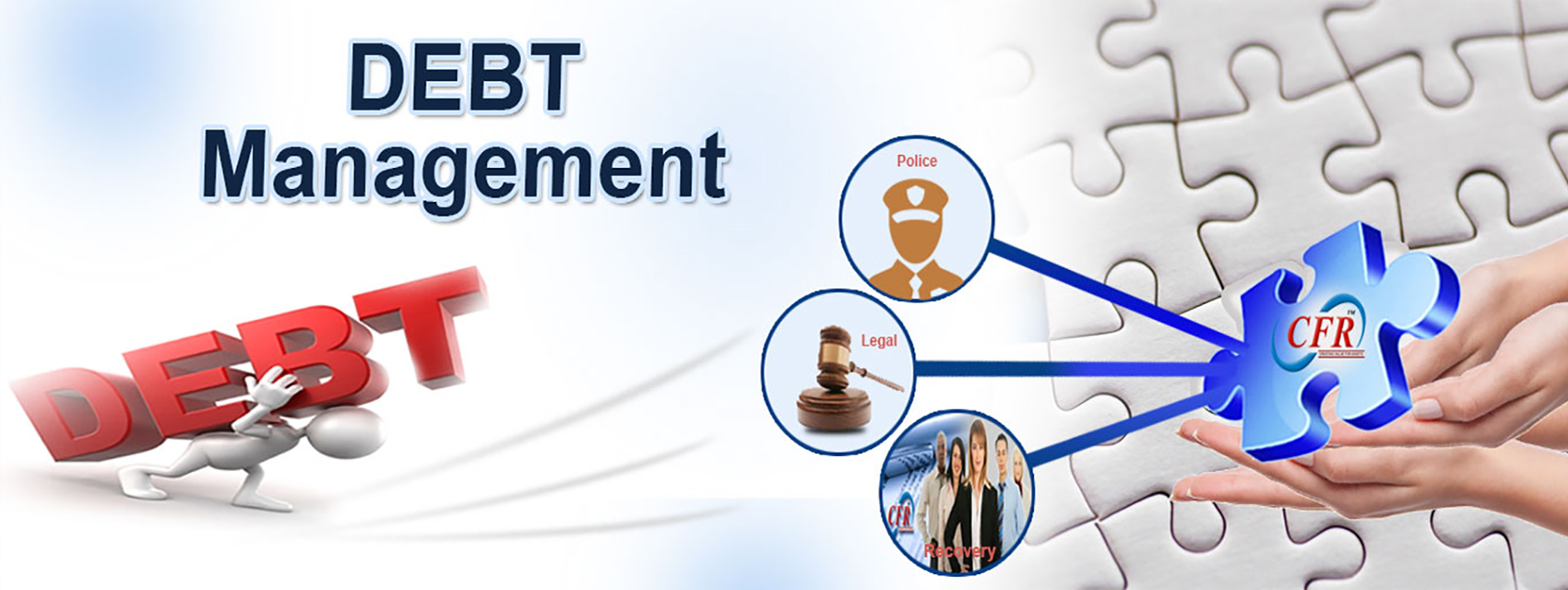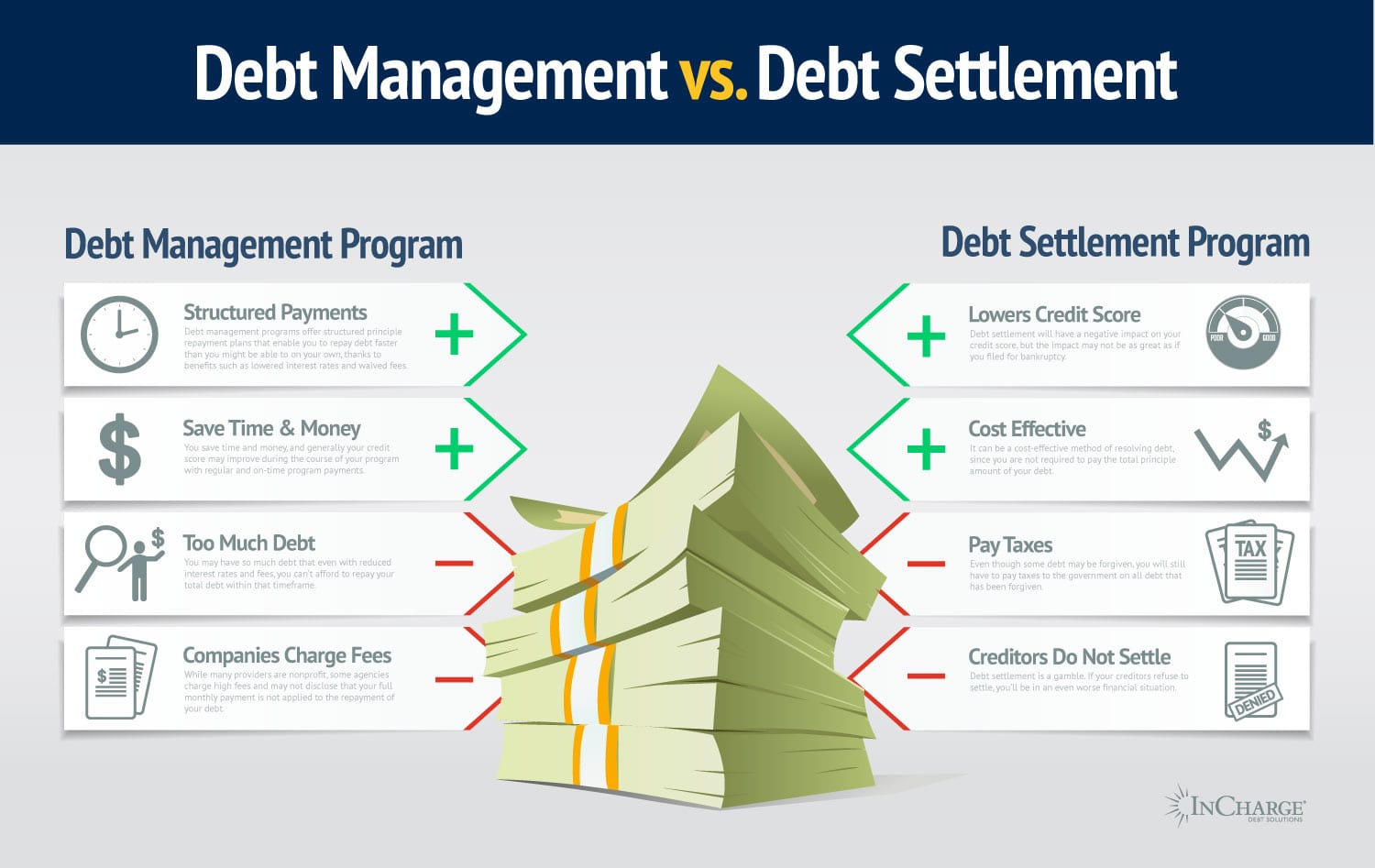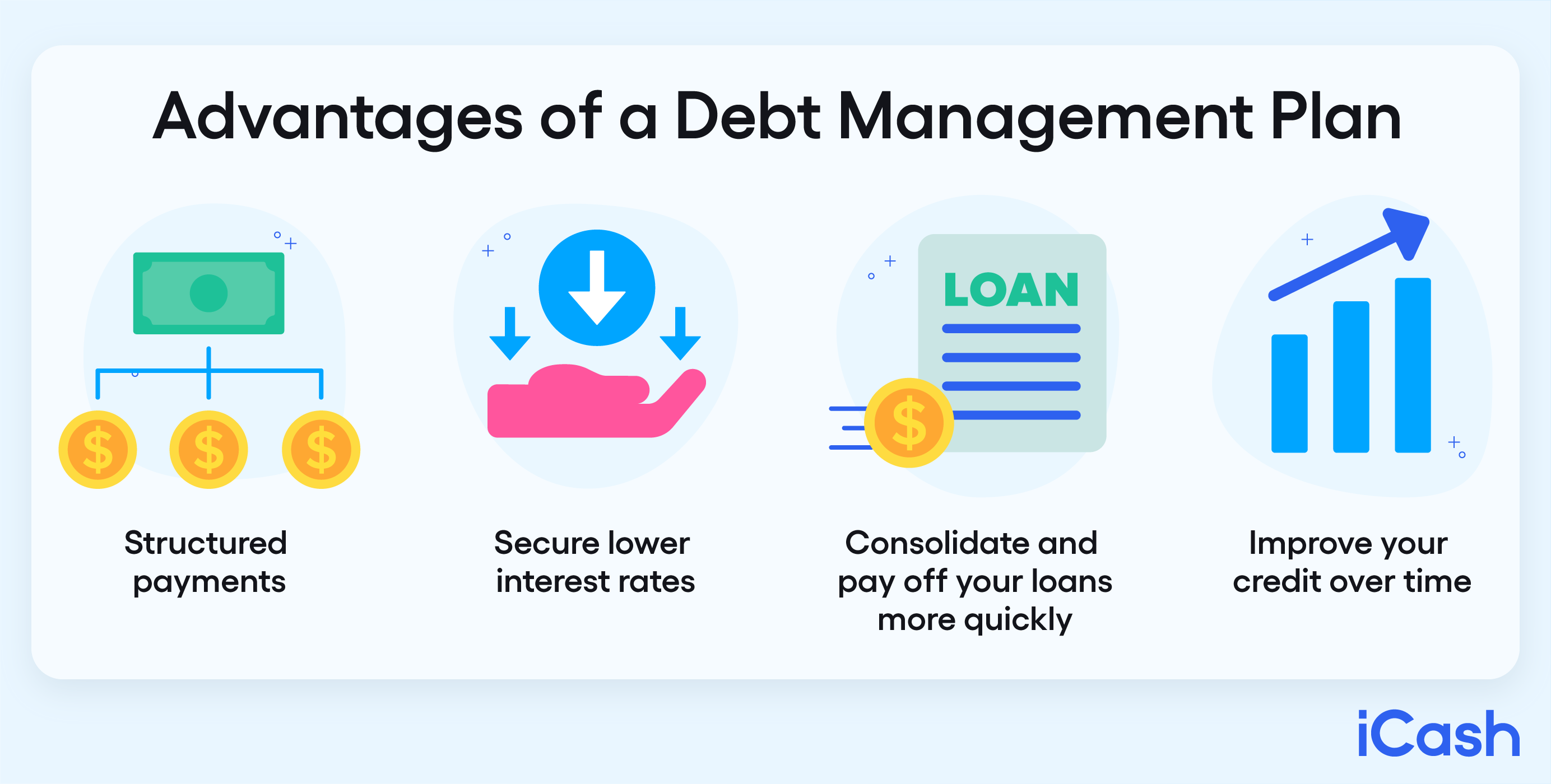How Debt Management Plan Services Provide Tailored Solutions for Financial Wellness
How Debt Management Plan Services Provide Tailored Solutions for Financial Wellness
Blog Article
Specialist Tips and Techniques for Executing an Effective Financial Obligation Monitoring Plan
When it comes to navigating the complexities of debt monitoring, having a well-thought-out strategy is vital for achieving financial security. From evaluating your current monetary standing to bargaining with financial institutions, each action plays a critical function in shaping a successful financial debt administration strategy.
Evaluating Your Existing Financial Situation
Prior to getting started on a financial debt monitoring plan, it is essential to extensively assess your current economic standing. Understanding your economic situation is the fundamental action in the direction of successfully taking care of and lowering your debt. Begin by assembling a breakdown of all your financial obligations, including impressive balances, interest rates, and minimal monthly repayments. This will certainly give a clear introduction of the level of your economic responsibilities. Furthermore, evaluate your revenue resources and regular monthly expenditures to establish your disposable income offered for debt settlement.

Creating a Realistic Spending Plan
Comprehending your current monetary circumstance lays the foundation for creating a realistic budget that straightens with your financial obligation administration goals and financial capabilities. When developing a spending plan, it's important to accurately track your earnings, expenses, and debt obligations. Beginning by noting all resources of earnings, including incomes, benefits, and any type of additional incomes. Next, describe your dealt with costs such as rental fee or home loan payments, energies, insurance coverage, and loan repayments. Variable expenditures like groceries, home entertainment, and transportation needs to also be made up. By classifying your costs, you can recognize locations where you may require to cut back to liberate funds for financial debt settlement.

Prioritizing and Taking On Financial Obligations
To properly restore control of your funds and job towards monetary stability, prioritizing and tackling your financial obligations is a vital action in your financial debt monitoring plan. Begin by detailing all your debts, consisting of bank card, car loans, and any type of other outstanding balances. Determine high-interest financial obligations that are costing you the most cash and prioritize paying them off first. By concentrating on these high-interest debts, you can save money in the lengthy run and lower the overall amount you owe.
After determining your high-interest financial obligations, take into consideration making use of methods like the debt snowball or financial debt avalanche approach to pay them off methodically. The debt snowball method entails repaying the smallest financial obligations first, while the financial debt avalanche approach focuses on financial obligations with the greatest passion rates. Choose the method that aligns ideal with your financial objectives and motivates you to keep making progression.
In addition, think about negotiating with lenders for reduced rates of interest or setting up a layaway plan if you're battling to satisfy your current commitments. Looking for support from a credit score therapist or economic consultant can additionally provide beneficial insights and advice on how to efficiently tackle your financial obligations - debt management plan services. great site By focusing on and resolving your financial obligations strategically, you can lead the way in the click here for more info direction of a debt-free future and improved monetary health
Discussing With Lenders
When engaging in debt administration, bargaining with creditors is a critical step towards finding mutually advantageous solutions for debt repayment. Before launching negotiations, it is crucial to have a clear understanding of your economic circumstance, including your earnings, expenses, and the overall amount of debt owed.

Structure Healthy And Balanced Monetary Habits
Integrating consistent budgeting techniques is essential for growing healthy financial habits. Budgeting permits individuals to track their earnings and expenditures, enabling them to make educated decisions concerning their financial concerns. Establishing particular economic goals, such as conserving for emergencies or retired life, can offer a clear roadmap for handling money successfully.
One more secret facet of building healthy financial routines is living within content one's methods. This involves spending much less than what is earned and preventing unnecessary financial debt. Differentiating and adopting a thrifty mindset in between demands and wants can assist individuals make more prudent spending selections.
On a regular basis assessing financial statements and checking credit rating records are important practices that promote monetary recognition and obligation. By staying educated regarding their economic standing, people can recognize potential issues at an early stage and take proactive actions to address them.
In addition, developing a financial savings practice, even with small amounts, can contribute considerably to lasting economic protection. Conserving on a regular basis not only develops a monetary padding for unanticipated costs yet also promotes a feeling of self-control and duty towards finance. By regularly practicing these habits, individuals can lay a strong foundation for a steady financial future.
Final Thought
Finally, implementing a successful debt administration strategy requires a thorough analysis of one's monetary circumstance, the development of a sensible budget plan, prioritizing and tackling debts, negotiating with lenders, and structure healthy and balanced monetary habits (debt management plan services). By following these professional pointers and strategies, people can take control of their financial resources and work towards attaining financial security and flexibility from financial obligation
Recognizing your current financial circumstance lays the groundwork for creating a reasonable budget plan that aligns with your financial debt administration objectives and financial abilities.To properly regain control of your finances and job towards monetary security, prioritizing and tackling your financial debts is an important step in your financial debt monitoring strategy.After determining your high-interest financial debts, consider utilizing strategies like the debt snowball or debt avalanche approach to pay them off systematically. The financial obligation snowball technique includes paying off the tiniest financial debts first, while the debt avalanche approach prioritizes debts with the highest possible interest rates.When involving in debt management, discussing with financial institutions is an essential action in the direction of finding equally useful options for debt settlement.
Report this page